The global remittance market exceeds $630 billion annually, but traditional money transfer services often charge fees of 6-12% and take days to process. Cryptocurrency is revolutionizing this space by offering faster, cheaper, and more accessible alternatives for sending money across borders. This comprehensive guide will walk you through the process of using digital currencies for international remittances, helping you save money and time while expanding financial access.
Why Cryptocurrency is Gaining Traction for Global Transactions
Cryptocurrency enables direct peer-to-peer international transfers without traditional banking intermediaries
Traditional remittance systems face several limitations that cryptocurrency effectively addresses. When migrant workers send money home through conventional channels, they encounter multiple barriers:
Advantages of Crypto Remittances
- Lower transaction fees (typically 1-3% vs 6-12% for traditional services)
- Faster processing times (minutes vs days)
- Accessible to the 1.7 billion unbanked adults globally
- No need for physical locations or banking infrastructure
- Transparent transaction tracking through blockchain
- Reduced dependency on centralized financial institutions
Challenges of Traditional Remittances
- High fees averaging 6.20% for sending $200
- Bank transfers can cost up to 12.09% in fees
- Processing times of several days
- Limited access in areas with poor banking infrastructure
- Dependency on centralized operators like Western Union
- Complex regulatory compliance requirements
Real-world examples demonstrate the impact: Bitso processed $3.3 billion in remittances from the US to Mexico with fees under 1%, while Venezuelan migrants sent $5 billion in remittances in 2023, with 10% using cryptocurrency channels.
Ready to save on international transfers?
Start sending money globally with lower fees and faster delivery times.
Choosing the Right Cryptocurrency for Remittances
Not all cryptocurrencies are equally suitable for international remittances. Your choice should balance transaction speed, fees, stability, and availability in both sending and receiving countries.
| Cryptocurrency | Transaction Speed | Average Fee | Volatility | Best For |
| Bitcoin (BTC) | 10-60 minutes | $1.50-$5.00 | High | Wide acceptance, established infrastructure |
| USDC/USDT (Stablecoins) | 1-5 minutes | $0.50-$3.00 | Very Low | Price stability, avoiding volatility risks |
| XRP | 3-5 seconds | $0.0002-$0.01 | Medium | Speed-critical transfers, low fees |
| Litecoin (LTC) | 2-5 minutes | $0.05-$0.25 | Medium-High | Balance of speed and cost |
| Ethereum (ETH) | 15 seconds-5 minutes | $0.75-$10.00 | High | Smart contract functionality, DeFi integration |
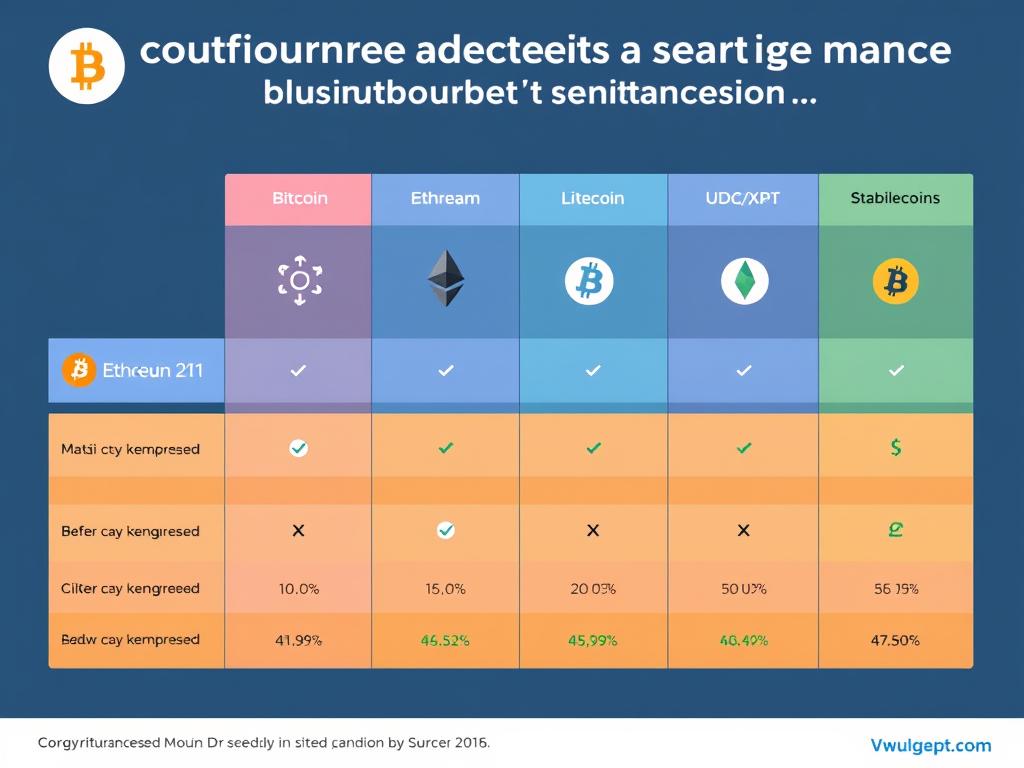
Stablecoins: The Optimal Choice for Most Users
For most remittance purposes, stablecoins like USDC and USDT offer the best combination of benefits. These cryptocurrencies are pegged to the US dollar, eliminating volatility concerns while maintaining the speed and cost advantages of blockchain technology. Recipients can receive a predictable amount without worrying about price fluctuations during the transfer process.
Step-by-Step Process for Cryptocurrency Remittances
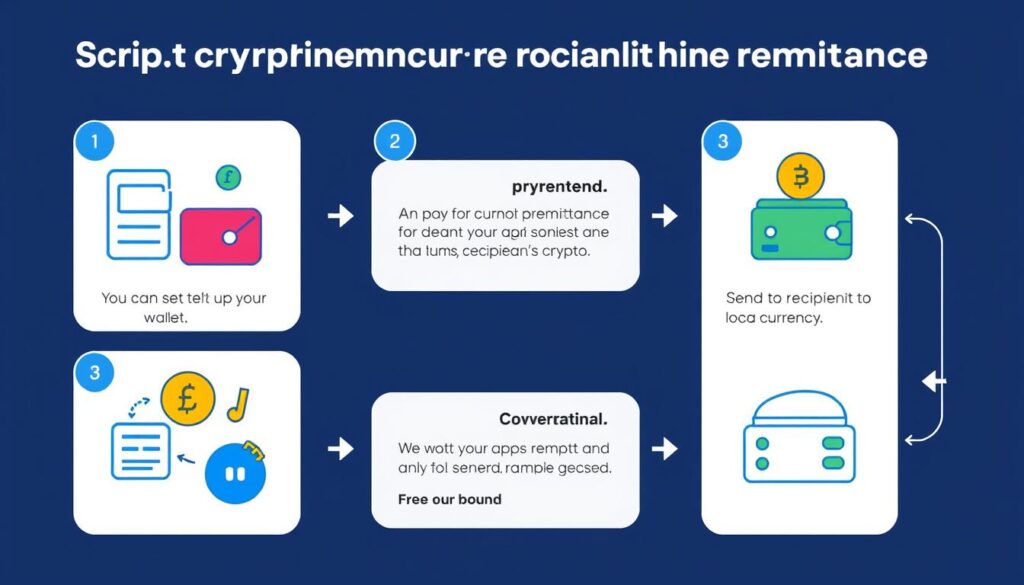
1. Setting Up a Crypto Wallet
Before sending or receiving cryptocurrency, both parties need a digital wallet. These wallets store the private keys that give you access to your cryptocurrency on the blockchain.
Wallet Types:
- Mobile wallets: Apps like Trust Wallet or Coinbase Wallet (convenient but less secure)
- Web wallets: Browser-based wallets like MetaMask (accessible from any device)
- Hardware wallets: Physical devices like Ledger or Trezor (most secure option)
Setup Process:
- Download a reputable wallet app or purchase a hardware wallet
- Create a new wallet and follow the setup instructions
- Securely record your recovery phrase (12-24 words)
- Never share your recovery phrase or private keys with anyone
Need a secure wallet for remittances?
Set up a free crypto wallet in minutes to start sending money internationally.
2. Purchasing Cryptocurrency
Once you have a wallet, you’ll need to acquire the cryptocurrency you want to send. This typically involves creating an account on a cryptocurrency exchange.

Popular Exchanges
- Binance
- Coinbase
- Kraken
- Local exchanges in your country
Required Information
- Valid ID for verification (KYC)
- Bank account or payment method
- Email address
- Phone number for 2FA
Purchase Methods
- Bank transfer
- Credit/debit card
- Payment apps (PayPal, etc.)
- Cash (at certain locations)
3. Sending Cryptocurrency
With cryptocurrency in your wallet, you can now send it to the recipient’s wallet address. This process is similar across most wallets and exchanges.
- Open your wallet or exchange account
- Select “Send” or “Withdraw” option
- Enter the recipient’s wallet address (or scan their QR code)
- Enter the amount to send
- Review the transaction details and network fee
- Confirm and authorize the transaction
Important: Always double-check the recipient’s wallet address before sending. Cryptocurrency transactions cannot be reversed if sent to the wrong address.
4. Converting to Local Currency
Once the recipient receives the cryptocurrency, they may want to convert it to their local currency. There are several options for this final step:
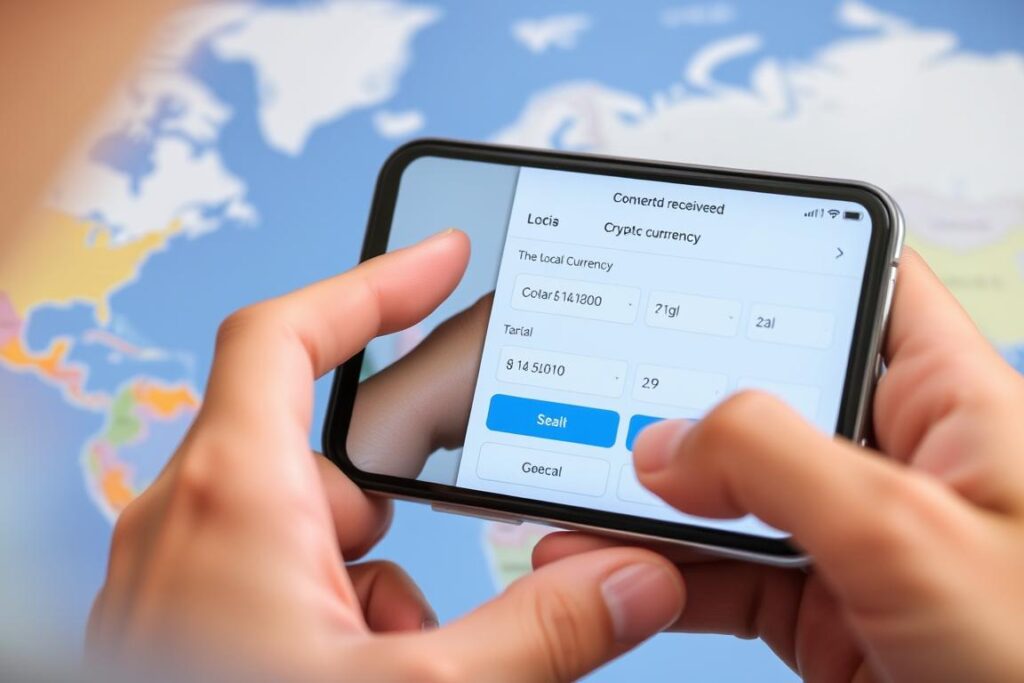
- Local exchanges: The recipient can create an account on a local cryptocurrency exchange, transfer the crypto there, and withdraw to their bank account
- Peer-to-peer platforms: Services like LocalBitcoins or Paxful allow trading crypto directly with other users for local currency
- Crypto ATMs: In some locations, specialized ATMs allow converting crypto to cash
- Direct spending: In countries with high crypto adoption, the recipient might be able to spend the cryptocurrency directly
| Conversion Method | Speed | Fees | Availability | Best For |
| Local Exchange | 1-2 business days | 1-2% | Most countries | Best rates, bank deposits |
| P2P Platform | Minutes to hours | 0-1% + premium | Global | Flexibility, multiple payment options |
| Crypto ATM | Immediate | 5-10% | Limited locations | Immediate cash needs |
| Direct Spending | Immediate | Varies | Varies by country | Countries with high crypto adoption |
Cryptocurrency vs. Traditional Remittance Methods
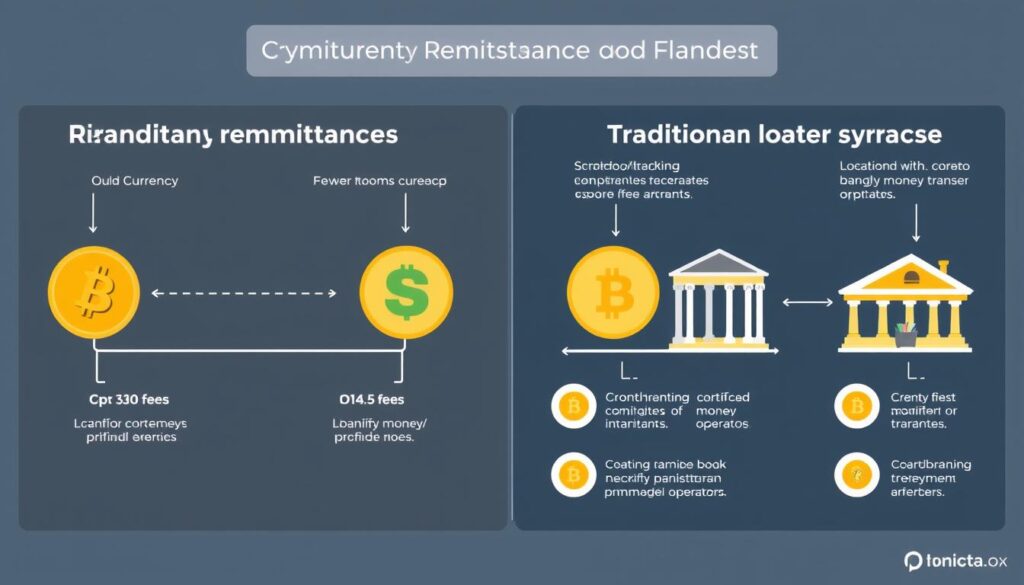
| Feature | Cryptocurrency | Western Union | Bank Transfer | Wise (TransferWise) |
| Fee for $200 Transfer | $2-6 (1-3%) | $8-20 (4-10%) | $20-45 (10-22.5%) | $4-8 (2-4%) |
| Transfer Speed | Minutes to hours | Minutes to days | 2-5 business days | 1-2 business days |
| ID Requirements | Varies by exchange | Government ID | Full banking verification | Government ID |
| Recipient Needs | Crypto wallet | ID for pickup | Bank account | Bank account |
| Global Coverage | Anywhere with internet | 200+ countries | Limited by partnerships | 80+ countries |
| Unbanked Access | Yes | Yes (cash pickup) | No | No |
Compare rates before sending money
Find the best exchange rates and lowest fees for your next international transfer.
Security Considerations for Cryptocurrency Remittances
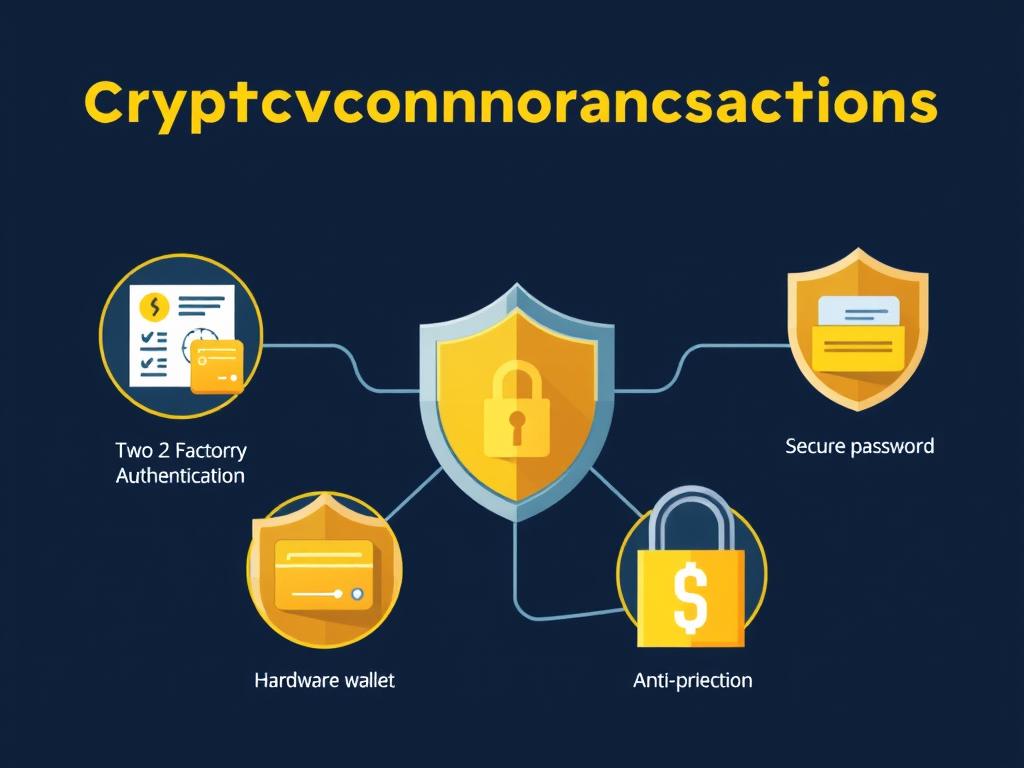
Security is paramount when using cryptocurrency for remittances. Follow these essential practices to protect your funds:
Essential Security Practices
- Use strong, unique passwords for all cryptocurrency accounts
- Enable two-factor authentication (2FA) using an authenticator app, not SMS
- Store recovery phrases offline in a secure location, never digitally
- Use hardware wallets for storing larger amounts of cryptocurrency
- Verify all wallet addresses multiple times before sending
- Use official websites and apps, checking URLs carefully
Common Scams to Avoid
- Phishing emails and websites that mimic legitimate services
- Fake customer support representatives on social media
- Unsolicited investment opportunities promising high returns
- Fraudulent exchanges with artificially low fees
- Clipboard hijacking malware that changes wallet addresses
- QR code manipulation redirecting funds to scammers
Security Tip: For first-time users, start with a small test transaction to verify the entire process works correctly before sending larger amounts.
Protect your crypto transactions
Enhance your security with a hardware wallet for maximum protection.
Regulatory Considerations for Cryptocurrency Remittances

The regulatory environment for cryptocurrency varies significantly by country. Both senders and recipients should be aware of the legal requirements in their respective locations:
Key Regulatory Considerations
- KYC/AML compliance: Most legitimate exchanges require identity verification in line with Know Your Customer (KYC) and Anti-Money Laundering (AML) regulations
- Tax implications: Cryptocurrency transactions may be taxable events in many jurisdictions
- Transfer limits: Some countries impose limits on how much cryptocurrency can be purchased or transferred
- Banned jurisdictions: Certain countries prohibit or severely restrict cryptocurrency usage
- Reporting requirements: Large transfers may need to be reported to financial authorities
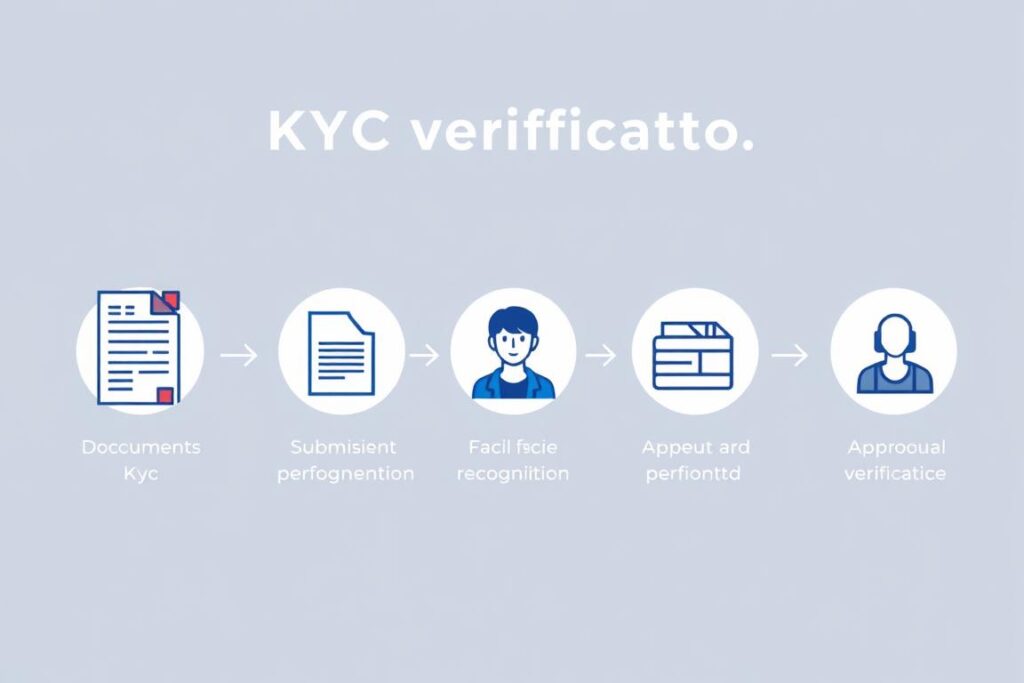
The Financial Action Task Force (FATF) has established guidelines for virtual asset service providers that many countries are implementing. These guidelines aim to prevent money laundering and terrorist financing while allowing legitimate cryptocurrency transfers.
Note: Regulations change frequently. Always check the current legal status of cryptocurrency in both the sending and receiving countries before initiating a remittance.
Best Practices for Cryptocurrency Remittances
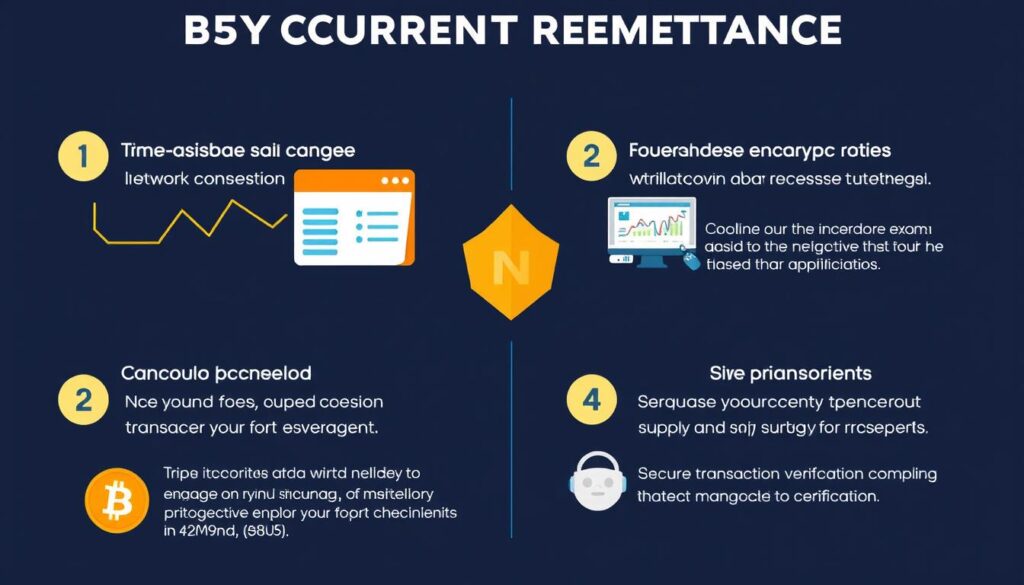
Optimizing Your Cryptocurrency Remittances
Follow these best practices to maximize the benefits and minimize the risks of using cryptocurrency for international money transfers:
Timing Considerations
- Send during periods of low network congestion for lower fees
- Monitor cryptocurrency price trends before large transfers
- Consider using stablecoins to avoid volatility during transfers
- Allow extra time for first-time transfers and verification processes
Cost Optimization
- Compare fees across different exchanges and cryptocurrencies
- Consider the total cost including exchange, network, and withdrawal fees
- Look for promotions or fee discounts for new users
- Batch multiple small transfers into one larger transaction when possible
Recipient Considerations
- Ensure the recipient knows how to access and use their wallet
- Verify local exchange options before sending
- Consider the recipient’s technical proficiency
- Provide step-by-step guidance for first-time recipients
Real-World Success Stories
“I used to pay $25 in fees to send $200 to my family in the Philippines through traditional services. Now I send USDC and they receive it within minutes, with total fees under $5. The local exchange in Manila allows them to withdraw directly to their bank account or mobile money service.”
“As a Venezuelan living abroad, cryptocurrency has been life-changing for my family. Bank transfers were impossible due to restrictions, and other services charged excessive fees. Bitcoin and stablecoins have become our financial lifeline, allowing me to support my parents reliably.”
Frequently Asked Questions About Cryptocurrency Remittances
What is the cheapest cryptocurrency for international remittances?
For pure transaction cost, XRP and Stellar (XLM) typically offer the lowest fees, often less than
Frequently Asked Questions About Cryptocurrency Remittances
What is the cheapest cryptocurrency for international remittances?
For pure transaction cost, XRP and Stellar (XLM) typically offer the lowest fees, often less than $0.01 per transaction. However, when considering the total cost including exchange fees and withdrawal fees, stablecoins like USDC or USDT on networks like Tron or Solana often provide the best overall value while eliminating volatility risk.
How long does a cryptocurrency remittance take?
Transaction times vary by cryptocurrency. Bitcoin typically takes 10-60 minutes for confirmation, Ethereum 1-5 minutes, and XRP just seconds. However, the total remittance time also includes the time needed to purchase crypto and for the recipient to convert it to local currency, which can add hours or days depending on the services used.
Is cryptocurrency remittance legal?
Cryptocurrency remittances are legal in most countries, but regulations vary significantly. Some countries fully embrace crypto, while others have restrictions or outright bans. Both senders and recipients should check local regulations before proceeding. Using regulated exchanges that comply with KYC/AML requirements helps ensure legal compliance.
What if the recipient doesn’t know how to use cryptocurrency?
Several options exist for less tech-savvy recipients. Services like Bitso in Latin America or BitPesa in Africa allow recipients to receive funds directly to their bank accounts or mobile money wallets, even if the sender used cryptocurrency. Alternatively, you can guide them through setting up a simple mobile wallet with step-by-step instructions.
How can I protect against cryptocurrency price volatility?
The best way to avoid volatility is to use stablecoins like USDC, USDT, or DAI, which are designed to maintain a stable value pegged to the US dollar. Alternatively, time your transactions to minimize the duration between purchasing crypto and the recipient converting it back to fiat currency.
.01 per transaction. However, when considering the total cost including exchange fees and withdrawal fees, stablecoins like USDC or USDT on networks like Tron or Solana often provide the best overall value while eliminating volatility risk.
How long does a cryptocurrency remittance take?
Transaction times vary by cryptocurrency. Bitcoin typically takes 10-60 minutes for confirmation, Ethereum 1-5 minutes, and XRP just seconds. However, the total remittance time also includes the time needed to purchase crypto and for the recipient to convert it to local currency, which can add hours or days depending on the services used.
Is cryptocurrency remittance legal?
Cryptocurrency remittances are legal in most countries, but regulations vary significantly. Some countries fully embrace crypto, while others have restrictions or outright bans. Both senders and recipients should check local regulations before proceeding. Using regulated exchanges that comply with KYC/AML requirements helps ensure legal compliance.
What if the recipient doesn’t know how to use cryptocurrency?
Several options exist for less tech-savvy recipients. Services like Bitso in Latin America or BitPesa in Africa allow recipients to receive funds directly to their bank accounts or mobile money wallets, even if the sender used cryptocurrency. Alternatively, you can guide them through setting up a simple mobile wallet with step-by-step instructions.
How can I protect against cryptocurrency price volatility?
The best way to avoid volatility is to use stablecoins like USDC, USDT, or DAI, which are designed to maintain a stable value pegged to the US dollar. Alternatively, time your transactions to minimize the duration between purchasing crypto and the recipient converting it back to fiat currency.
Getting Started with Cryptocurrency Remittances

Cryptocurrency is revolutionizing international remittances by offering faster, cheaper, and more accessible alternatives to traditional money transfer services. While there is a learning curve, the potential savings and convenience make it worth exploring, especially for regular remittance senders.
Start with small amounts to familiarize yourself with the process, prioritize security, and stay informed about regulatory changes in relevant countries. As cryptocurrency adoption continues to grow globally, the remittance experience will become increasingly seamless.
Ready to send your first crypto remittance?
Join millions of people saving money on international transfers with cryptocurrency.

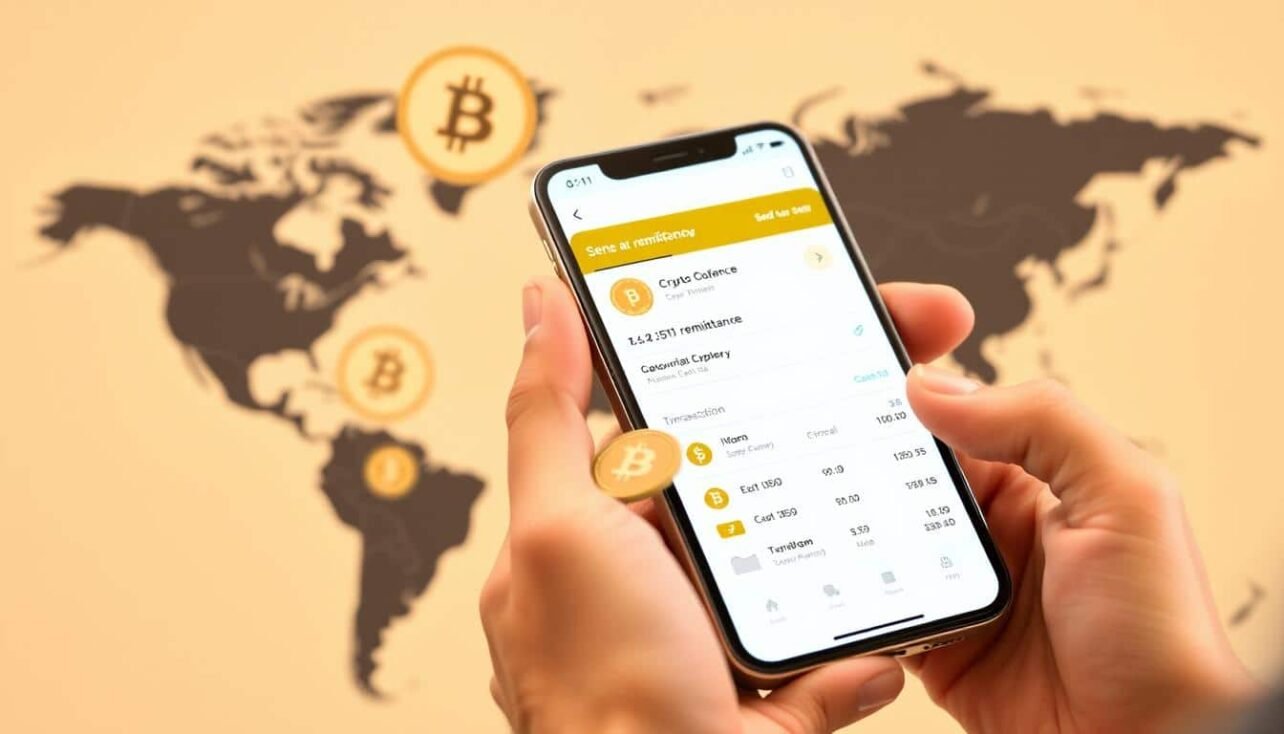
No comments yet